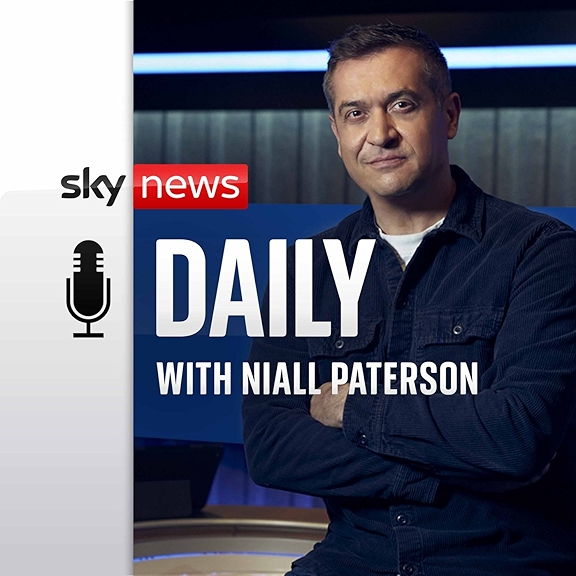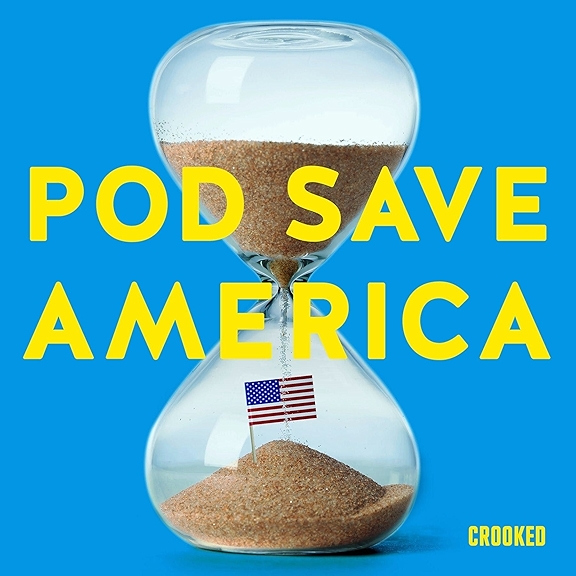
Trump’s vision of a peace deal for Ukraine looks increasingly just like a plan for a ceasefire
We are now well beyond the 24 hours that Donald Trump had promised it would take him to secure an end to the Russian war of aggression against Ukraine. But Trump’s first week since his inauguration on January 20, 2025, has nonetheless been a busy one regarding Ukraine.
In his inauguration address, Trump only made a passing and indirect reference to Ukraine, criticising his predecessor Joe Biden of running “a government that has given unlimited funding to the defence of foreign borders but refuses to defend American borders”.
Trump’s first more substantive statement on Ukraine was a post on his TruthSocial network, threatening Moscow with taxes, tariffs and sanctions if his Russian counterpart, Vladimir Putin, didn’t agree to a deal soon. Trump reiterated this point on January 23 in comments at the World Economic Forum in Davos, adding that he “really would like to be able to meet with President Putin”.
Trump’s approach of putting pressure on Putin if necessary to bring him to the negotiation table has been well-established for some time and echoed by key members of his administration. His special envoy for Ukraine, Keith Kellogg — a retired lieutenant general of the US army and former chief of staff on Trump’s national security council — published a detailed peace plan in May 2024. And Trump’s now-confirmed nominee for treasury secretary, Scott Bessent, specifically emphasised increasing sanctions on Russian oil companies “to levels that would bring the Russian Federation to the table” during his Senate confirmation hearing on January 16.
On January 24, Putin responded by saying that he and Trump should indeed meet to discuss Ukraine and oil prices. But this was far from a firm commitment to enter into negotiations, and particularly not with Ukraine. Putin alluded to an October 2022 decree by Ukraine’s president, Volodymyr Zelensky, banning any negotiations with the Kremlin after Russia formally annexed four regions of Ukraine. Zelensky has since clarified that the decree applies to everyone but him, thus signalling that he would not stand in the way of opening direct talks with Russia.
Yet, Putin is likely to continue playing for time. The most probable first step in a Trump-brokered deal will be a ceasefire freezing the line of contact at the time of agreement. With his forces still advancing on the ground in Ukraine, every day of fighting brings Putin additional territorial gains.
Nor are there any signs of waning support from Russian allies. Few and far between as they may be, China, Iran and North Korea have been critical in sustaining the Kremlin’s war effort. Moscow now has added a treaty on a comprehensive strategic partnership with Iran to the one it had sealed with North Korea in June 2024. Meanwhile, the Russia-China no-limits partnership of 2022, further deepened in 2023, shows no signs of weakening. And with Belarusian president Alexander Lukashenko winning a seventh consecutive term on January 26, 2025, Putin will retain additional leverage both on Ukraine and Belarus’s EU neighbours.
Putin is unlikely to be too worried about additional US sanctions. Pressure on oil prices would be more detrimental for the Russian war economy, but it is unlikely that OPEC will quickly accede to Trump’s demands for increased outputs that would drive global prices down. And while the EU has just renewed its sanctions against Russia for another six months, Hungary and Slovakia, two of Putin’s allies inside the EU, could derail future decisions for a roll-over of existing sanctions — required every six months — or the approval of new sanctions.
Zelensky, like Putin, may play for time. Trump’s threat of sanctions against Russia is likely an indication of some level of frustration on the part of the US president that Putin seems less amenable to cutting a deal. This will make it less likely that Trump’s ire will be directed at Zelensky for standing in the way of a deal and makes the continuation of at least some US military support for Kyiv more likely. Russia may continue to make territorial gains in eastern Ukraine, but it has not achieved any strategic breakthrough.
The significant increase in US military assistance to Ukraine since September 2024, as well as commitments from European allies, including the UK, have also likely put Kyiv into a position that it can sustain its current defensive efforts through 2025. Ukraine may not be able to launch a major new offensive but could continue to keep costs for Russia high. On the battlefield, these costs are estimated at 102 casualties per square kilometre of Ukrainian territory captured. Beyond the frontlines, Ukraine has also continued its drone campaign against targets inside Russia, especially the country’s oil infrastructure.
This is not to say that intransigence in Moscow and Kyiv will lead to Trump failing in his efforts to end the fighting in Ukraine. But there is a big difference between a ceasefire and a sustainable peace agreement. And while a ceasefire, at some point, may be in both Russia’s and Ukraine’s interest, sustainable peace is much more difficult to achieve.
Putin’s vision of total victory is as much an obstacle here as western reluctance to provide credible security guarantees for Ukraine, be it in the form of Nato membership or a western-led peacekeeping force that could act as a credible deterrent. It is certainly inconceivable that Europe could muster the 200,000 troops that Zelensky envisaged as a deployment in Ukraine to guarantee any deal with Putin. But a smaller force, led by the UK and France, might be possible and act as a tripwire force — similar to Nato troops in West Berlin during the Cold War or US troops on the Korean peninsula.
Kyiv and Moscow continue to be locked in a war of attrition and neither Putin nor Zelensky have blinked so far. It is not clear yet whether, and in which direction, Trump will tilt the balance and how this will affect either side’s willingness to submit to his deal-making efforts.
So far, Trump’s moves are not a gamechanger. However, this is the first serious attempt in nearly three years of war to forge a path towards an end of the fighting. It remains to be seen whether Trump, and everyone else, has the imagination and stamina to ensure that this path will ultimately lead to a just and secure peace for Ukraine.
An earlier version of this analysis was published by The Conversation on January 27, 2025.
We hope you'll share Navigating the Vortex with anyone you think might find it of interest. Also, you can listen to our podcast editions via the website and on all major podcast platforms, including:
Get full access to Navigating the Vortex at www.navigatingthevortex.com/subscribe




















